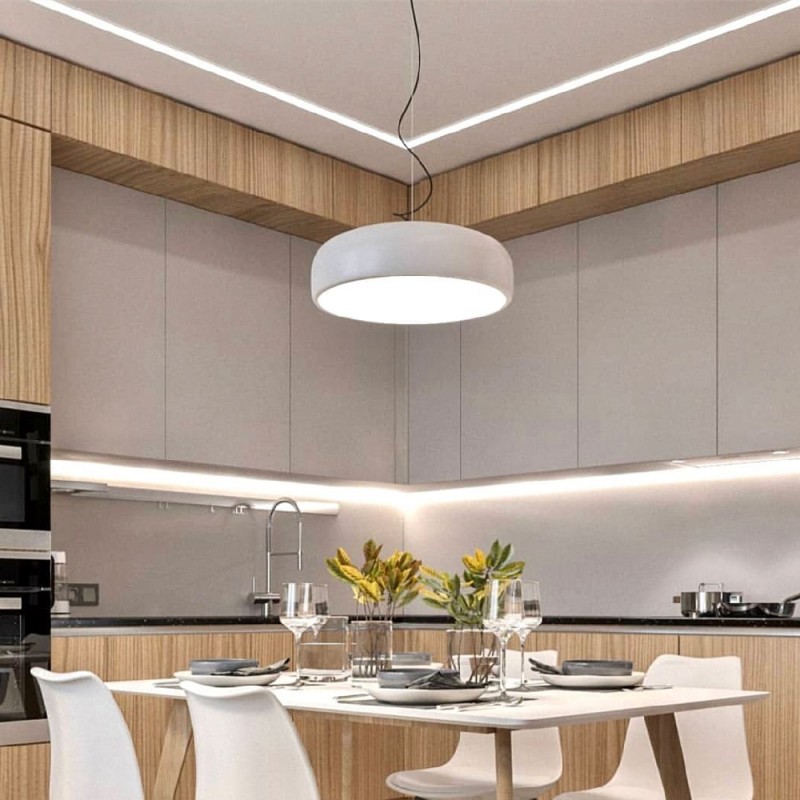Room escape is an immersive experience where participants are locked in a room with a set of clues that will help them solve a series of puzzles. The goal is to find the key to unlock the door within a certain amount of time. The puzzles can range from word games, to numbers, to arranging objects into patterns. Some rooms even have jigsaw puzzles or a physical activity like solving a maze or untying a rope knot. There are many different themes that rooms can be themed around, from solving a murder mystery on a train ride through Budapest to finding an antidote for a plague-ravaged planet.
The puzzles in an escape room can vary from simple to complex, with some of them requiring more than one person to work on at a time. The puzzles are meant to be challenging and engaging, but not so difficult that people are frustrated or overwhelmed. The game has a time limit, usually 60 minutes from when the doors close, and it’s important to keep track of the clock. It’s also important to be observant and listen for sounds in the room that could give you a clue to where the next puzzle is located.
Some of the most common puzzles in an escape room involve searching for hidden items. Players must be observant and search everywhere, including inside coat pockets, drawers, and other places that are out of sight. There are a number of tricks to make this easier, such as using long sticks to reach behind furniture, magnets on strings, and using line of sight to see things that might not be visible in the light. It’s important to communicate with teammates about what they are seeing, as well.
Clues can be found in a variety of ways, including on the wall, in books, and under items that are slid open. Many rooms include a map to show where clues are located. Some rooms allow the use of a digital clock to help keep track of the time, and some have a master clock that shows how much time is left to escape. If a team is stuck, they can ask for a clue from the Games Master. Some venues have a leaderboard and reward the fastest teams with prizes for their quick times.
To make the most of an escape room, it’s important to have a positive attitude and have fun with your teammates. The best teams are those who can communicate effectively and work together to solve the puzzles. If a team member is weak in a certain area, try to find another member of the team who has that skill. Having diverse abilities on a team is helpful as it ensures that everyone can contribute in some way to the overall success of the group.

